|
"The 2023 Aleksanteri Conference will be held on October 25–27 at the University of Helsinki, Finland. This year’s conference will address changes in the relationships within and between the former communist countries of the Global East, by which we mean the region that has been labelled as post/former -Soviet, -socialist, -communist, -imperial. More info about the conference and program here."
Workshop on Thursday, October 26 from 18.00–19.00 at HALL 4 (B214), Metsätalo Free Translation is a multi-disciplinary project showcasing international works by persons affected by imprisonment. In this project we view works of art and letters received from prisons all over the world. Together we interpret the meaning of the works and create responses based on the translations. These are then sent to the original authors and added to the online exhibition. In this edition the special focus is on political prisoners in Russia. Workshop facilitators Arlene Tucker and Anastasia Artemeva.
0 Comments
Parhaillaan vietetään rasisminvastaista viikkoa. Tästä viikosta alkaen pitkin kevättä järjestetään lastenkulttuuriin liitännäisenä kulttuurin moninaisuuden toimintaa teemalla "juhlat". Jokaisessa maassa juhlitaan keväisin erinäisiä asioita. Viiden kunnan koululaiset pääsevät maailmanympärysmatkalle sukeltamaan eri maiden kulttuureihin animaatiokoosteen, näyttelyn, taidetehtävien ja työpajojen välityksellä. Toimintaan osallistuu Forssa, Tammela, Jokioinen, Humppila ja Ypäjä. Työpajojen avulla on tarkoitus oppia uusia asioita eri maiden kulttuureista ja luoda samalla jotain uutta taiteen avulla. Työpajoja vetävät ulkomaalaistaustaiset taiteilijat Anastasia Artemeva, Arlene Tucker ja Tomie Cho. Toiminta liittyy Taiken kulttuurin moninaisuuden kehittämisohjelmaan yhteistyössä usean eri tahon kanssa. Rasisminvastainen viikko pohjaa vuoteen 1966, jolloin YK:n yleiskokous julisti maaliskuun 21. päivän kansainväliseksi rotusyrjinnän vastaiseksi päiväksi, ja kehotti kansainvälistä yhteisöä lisäämään ponnistuksiaan kaiken rotusyrjinnän poistamiseksi. Kirjoittaja: Maikki Kantola Anti-Racism Week is currently being celebrated.
From this week onwards, cultural diversity activities with the theme of "celebrations" will be organized alongside spring, in addition to children's culture. Every country celebrates different things in the spring. Schoolchildren from five municipalities can travel around the world to dive into the cultures of different countries through an animation, an exhibition, art assignments and workshops. Children in Forssa, Tammela, Jokioinen, Humppila and Ypäjä participate in the activities. The purpose of the workshops is to learn new things about the cultures of different countries and at the same time create something new through art. The workshops will be led by artists with a foreign background Anastasia Artemeva, Arlene Tucker and Tomie Cho. The activities are related to Taike's cultural diversity development program in cooperation with several different parties. Anti-Racism Week dates back to 1966, when the UN General Assembly declared 21 March International Day against Racial Discrimination and called on the international community to step up its efforts to eliminate all forms of racial discrimination. Author: Maikki Kantola Can we communicate science to a broader audience using art? Is science lost in translation?
A team of scientists from INAR (Institute of Atmosphere and Earth System Research of University of Helsinki) and Finnish Meteorological Institute and artists from Helsinki Urban Art worked together to bring climate science to the streets using urban art. They co-designed a public wall that joins climate research, art and literary symbols of Alice in Wonderland. The finished Climate Wall is painted in Alppila (Kotkankatu 5), and includes the twitter address of the research institute so you can ask scientists questions anytime! We welcome you to the public inauguration of the Climate Wall! The team of artists and scientists will discuss the trans-disciplinary work to go from graphs to mural, and open the discussion on merging science and art projects. Welcome to join our discussion! We speak English and Finnish. Sunday, December 8, 2019 from 13:00-15:00 Keskustakirjasto Oodi Töölönlahdenkatu 4, 00100 Helsinki 13:00 - 14:00 -- Public presentation the Climate Wall and open discussion on the importance of science-art projects. 13:30-15:00 -- Children's art workshop: "The Art of Asking Questions", led by art educator Arlene Tucker. -----About the Art Workshop------ ‘The Art of Asking Questions’ gives people of all ages to make art out of the unknown, to combine art with science, and to open dialogue about our personal questions regarding the environment and climate change. Your questions will fuel the artistic process and in turn, a scientist will answer your question. The workshop will use elements of graphic design and the creation of fonts as a means to make art, make your voice heard and feed your curiosity. https://www.facebook.com/events/keskustakirjasto-oodi/painting-science-in-helsinki-when-science-art-meet/2388031338179495/ The main topic of Art and Immigration: Looking for Identity public talk is the existence of an artist and an artwork outside of their familiar cultural and lingual context. How does an art, its topics, artistic techniques and the artist’s perception changes in immigration? What happens to the artist’s personal and art identity?
Participants: Anastasia Trizna. Freelance Actress Roxana Crisologo Correa. Poetess Márton Jelinkó. Filmmaker Moe Mustafa. Visual artist and theatre director Moderator: Arlene Tucker. Artist and educator Art and Immigration: looking for identity. Public Talk November 11, 17:00 Musiikkitalo. Mannerheimintie 13 A Language: English, Russian JUST AS SOCIETY BECOMES A CONCENTRATION OF DIVERSE CULTURES, THE POINT WHERE THEY INTERSECT, SO TOO IS A CROSSROAD, A PLACE WHERE ROADS COME TOGETHER. https://2019.culturafest.fi/
The second graders at Ressu comprehensive school have been investigating How does food change? Where does our food come from? and What kind of communities and what kind of relationships are found within and between food? Every student chose a food to research these aspects. Along with traditional methods of researching, we also used art as a medium to explore our findings and fuel our curiosity. Naturally, one question led to another.
It was serendipity that one of the works on display at Kiasma, as part of the Coexistence exhibition, fit perfectly with our topic. Kalle Hamm & Dzamil Kamanger's Immigrant Garden / Emigranttitarha / Emigrantgården "consists of four parts: a collection of plant illustrations, a map, a book, and audio works. The watercolour studies portray various ornamental and edible plants that are commonly found in Finland, but which are all originally non-native" (Kiasma). I was lucky enough to meet Kalle and Dzamil last spring so felt the comfort to reach out to them. Here, again, as lucky art goers, we bumped into each other at Kiasma the other day when we were taking a tour of the exhibition. Kalle and Dzamil agreed to make an interview with us as their artwork is so relevant to us, in every way possible. They said yes!
Arlene: I asked one of my students what part of the trip he liked and he said ”meeting Kalle”. : )
Kalle: :-D Say my greetings to him! 2B: Why did you start making this project? K&D: Dzamil noticed that here in Finland grow the same plants than in his home country Iran, but they are smaller and grow in pots and greenhouses, not in wild nature like in Iran. We wondered how these plants had found their way to Finland, and this is how we started to track the travelling routes of the plants, and this was the beginning of making the whole piece. 2B: What made you choose the plants to research? K&D: We chose that kind of plants, which should be known by most of the Finns, and had been cultivated here already hundreds of years (for example potato and onion), but none of them are originally from Finland, either Europe, but imported here form other continents. 2B: How did it feel when you were making the artwork? K&D: When everything went well it felt hilarious and fun, but when we had obstacles it felt extremely stressful and we just wanted to start to do something else. 2B: How did you make this art? K&D: We read lots of books to study how the plants travelled from their home area here. We bought lots of seeds and planted them and grew the plants by ourselves (not in Kiasma, but when we made the artwork first time). We practiced drawing flowers and made many plant drawings. We also recorded many plants and made sound pieces based on that material. 2B: How did you know how to draw plants? Was it fun drawing the plants? K&D: I studied drawing in the art school, but you can also learn drawing plants without going to art school. You just have to see the plants very carefully and draw exactly what you see. Drawing plants is fun. They don't change their position, move or run away. They stay nicely still. But you have to water them or otherwise they will wilt. 2B: When did you start this project? K&D: We started to make this art work 14 years ago and it took two years to make it ready. 2B: How long did it take for you to finish this project? Is it finished? K&D: It is finished in such way, that we don’t add more new plants to the artwork, but every time when we install the whole artwork, we have to think about how everything should be set up: what kind of pots, what kind of chairs and etc... 2B: Which plant sound do you think is the most relaxing? K&D: Of course potato!!! 2B: Out of all the plants you researched, which one is the oldest? K&D: Onion 2B: What was your favourite plant? K&D: Persian yellow rose 2B: What surprised you about that plant? K&D: Plants sound totally different comparing to what they look like! 2B: Which one was the hardest to find information on? K&D: Garden mignonette 2B: Which one was the weirdest? K&D: Artichoke had the weirdest sound, even thou I love the taste and look of artichoke 2B: What was the first plant you researched? K&D: Persian hogweed, but it is not part of this artwork :-( 2B: Did you first sketch your drawing or draw them straight away onto the paper? Kalle: I first sketched them very lightly on very same paper I used for the final drawing. I made quite many mistakes, and I had to redraw atleast 5-6 drawings.
2B: How old are you now? When were you born? Where were you born?
Kalle: 50 years, born in Rauma (Finland) in 1969 Dzamil: 72 years, born in Mariwan (Iran) in 1948 2B: How old were you when you made your first piece of art? What was it? Kalle: I think I was age of 16. I had then my first exhibition. It was a drawing a man holding a woman in a desert. Dzamil said he cannot remember exactly, but he made his first embroideries in age of 30-32. It was a birthday present to his friend. 2B: Was your dream to become an artist? How did you get the idea of becoming an artist? Kalle: Yes it was, but I didn’t know what kind of artists. I wrote poems, played flute and acted in children’s theatre group. And of course drew a lot. 2B: Where do you live? Kalle: We both live in Oulunkylä, Helsinki. 2B: How many artworks have you made? What kind of art? K&D: You can count them on our website www.beelsebub.org. and see what kind of artworks we have made. 2B: Do you have kids? Kalle: I don’t have kids, but Dzamil has a son. He is living in Stockholm. 2B: Have you ever had a different profession, other than being an artist? Kalle: Yes, I was working as a principle of the art school for children and young people. I was also working in Kiasma as an educational curator. Dzamil worked as a forester in Iran. 2B: Do you have a pet? If so, what is it? Kalle: Not any more. Dzamil had a dog, but he passed away many years ago. Dzamil had also canary birds, and lots of them, about 70-80 all together. They had they own room. They sang very loudly. 2B: Do you like your art? Kalle: Yes, we both like art!!! …and we hope you like art, too! The list would go on, but here are some comments from the students about Kalle and Hamm's work: "I think it's really good artwork" "I love your art. It was interesting" "I felt amazing when I saw your art" "I liked the potato sound because it sounded like it was playing rock n roll" "I felt excited about learning about the plants" "I felt great!" "The drawings were beautiful" "The drawings look very real" Thank you very much for taking the time to share with us! XOXO Arlene & 2B In the summer of 2018, I was honoured to have spent a very hot and inspiring afternoon with Alison Cornyn, an interdisciplinary artist whose work often focuses on the criminal justice system. On the back balcony of her Brooklyn home with construction whirring, hammers going, and sweat beading down our foreheads, we covered a lot of ground that could have gone on for kilometers on end. Perhaps the banging of the neighbors gave us a beat to wander off on all tangents surrounding the topics of incarceration, social justice, art, and expression. "The name of the project came about because for so many of the girls were deemed “incorrigible”, this one woman Lyla in particular - her offence was being “incorrigible”. I remember I photographed Ella Fitzgerald's intake record for Nina Bernstein who wrote for The (NY) Times (and who is the person who found that Ella had been at that institution). Ella's offence was being "ungovernable, and will not obey the just and lawful commands of her mother - adjudged delinquent.” "Language is so important to this project and the language of how a young woman is deemed something. Even the term incorrigible sounded so old fashioned to me I didn't think it was used anymore and then I looked up just to double check: “unable to be reformed or corrected”. Research has shown that 70 percent of those (incarcerated) girls (in New York) are marked today still as incorrigible. And I had wanted to have young women be involved when the exhibition was up at the Bronson House and almost stand in for the women who are no longer with us but whose stories need to be shared." "These are the words that the girls came up with that they found or that were used to define them, (by others): wild, unruly, defiant, wayward, delinquent, disobedient, incorrigible, ungovernable. And then these are the words that they used to define themselves and these other girls who they were researching: free, proud, strong, survivor, imaginative, determined courageous and free spirited." In the end, our audio recording lasted hours. Anastasia Artemeva transcribed the interview and published it on Prison Space. To read the whole interview in English, please click here. Read in Russian click here. If you were wondering, according to Merriam-Webster dictoniary:
incorrigible adjective in·cor·ri·gi·ble | \ (ˌ)in-ˈkȯr-ə-jə-bəl, -ˈkär-\ Definition of incorrigible: incapable of being corrected or amended: such as a(1) : not reformable : depraved (2) : delinquent b : not manageable : unruly c : unalterable, inveterate |
AuthorArlene Tucker is an artist, diversity agent, and educator currently based in Joutsa, Finland. Archives
May 2024
Categories
All
|
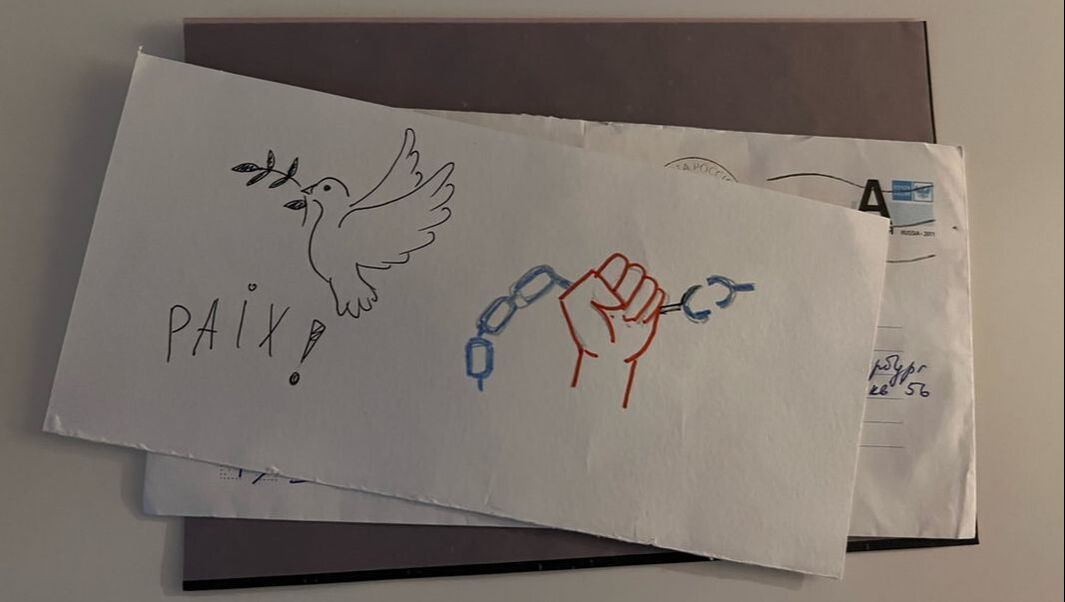
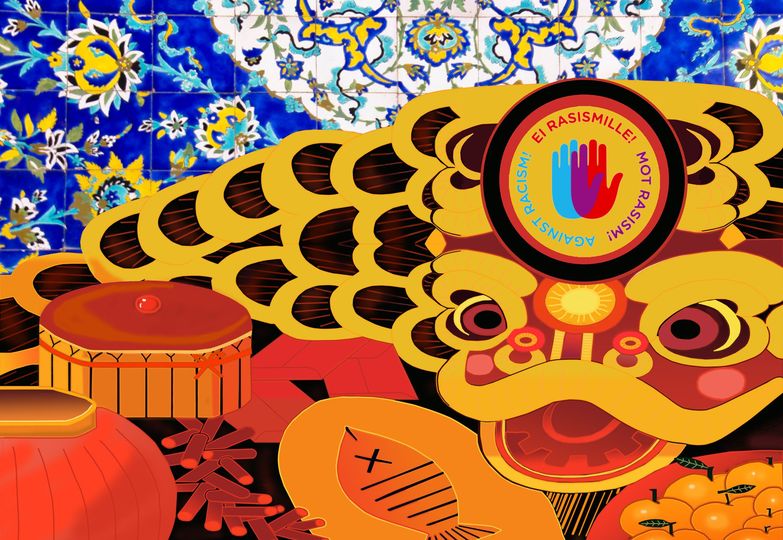
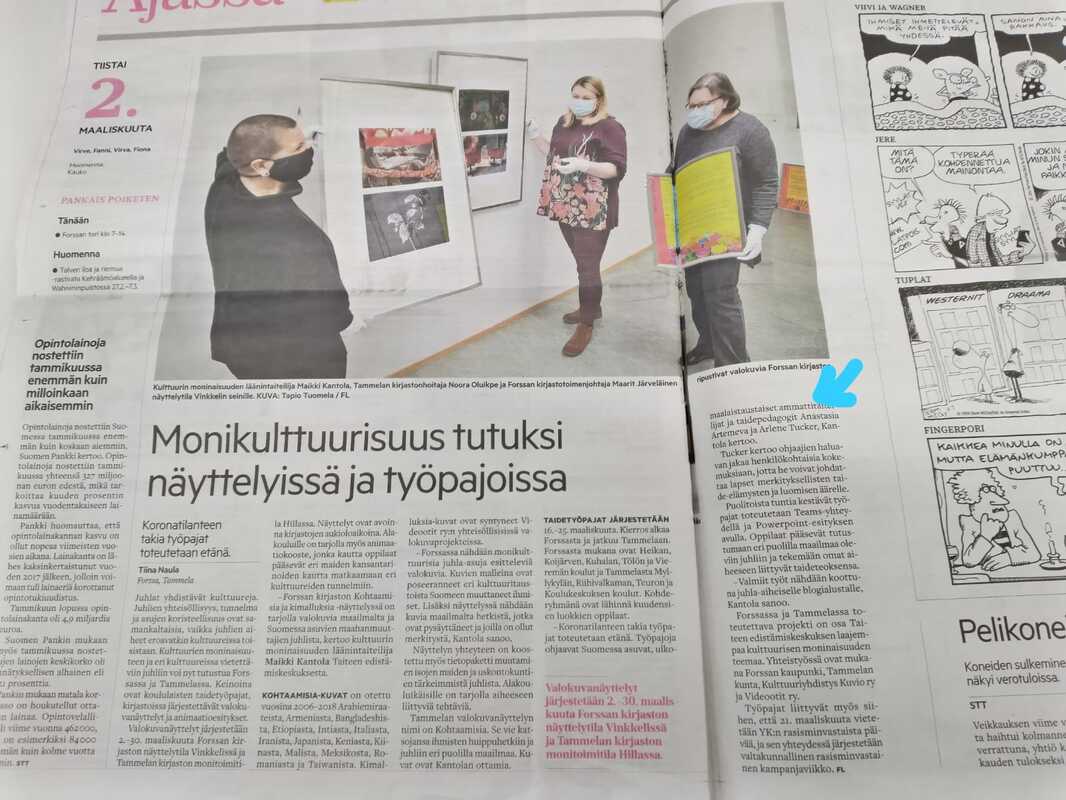

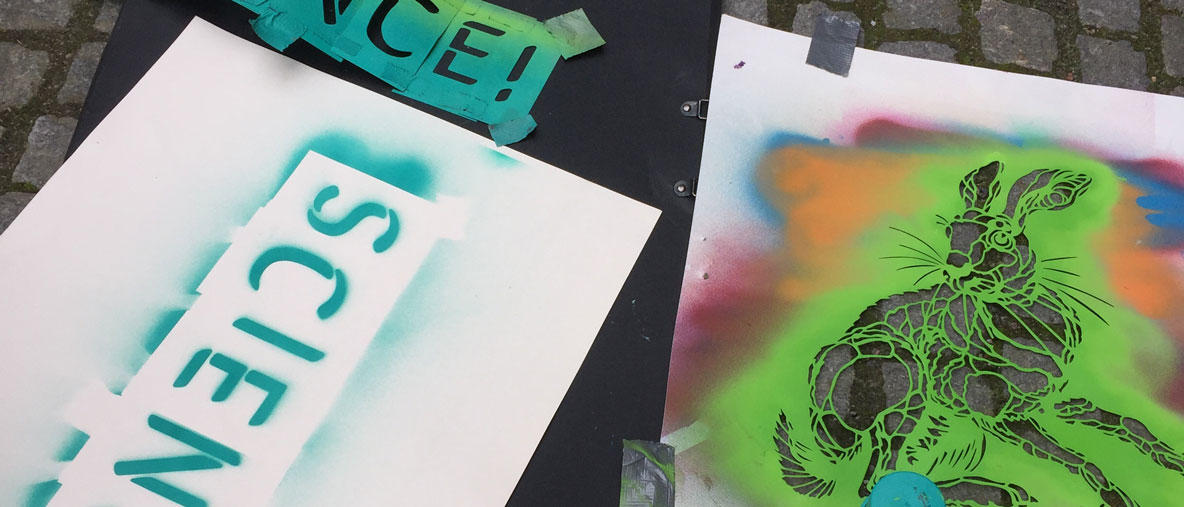
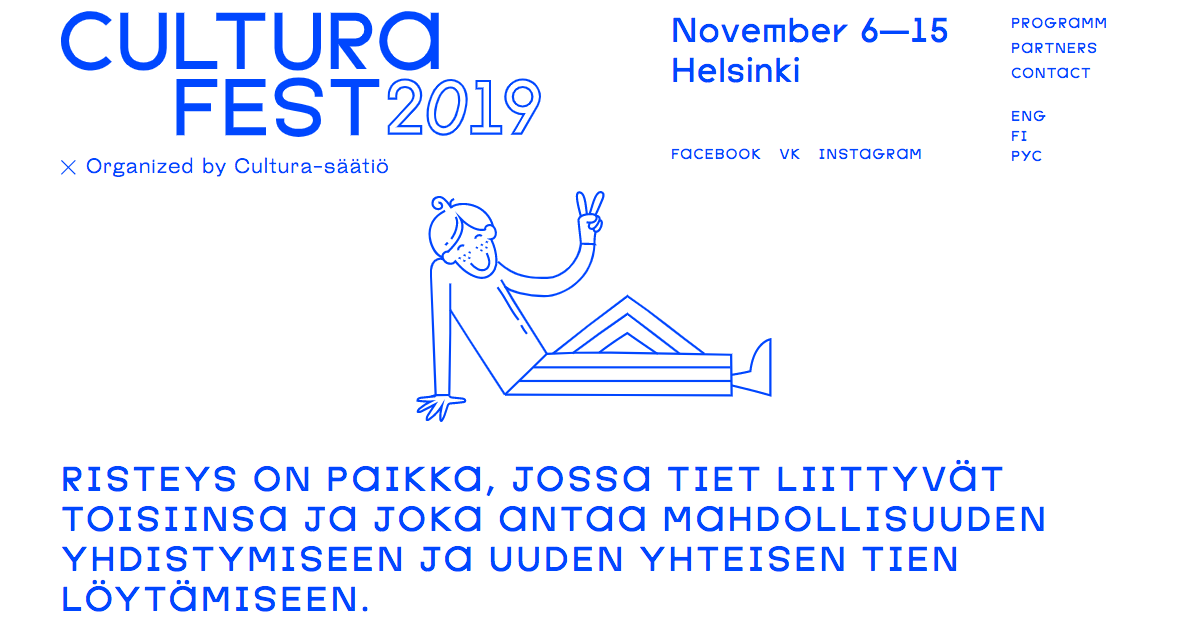
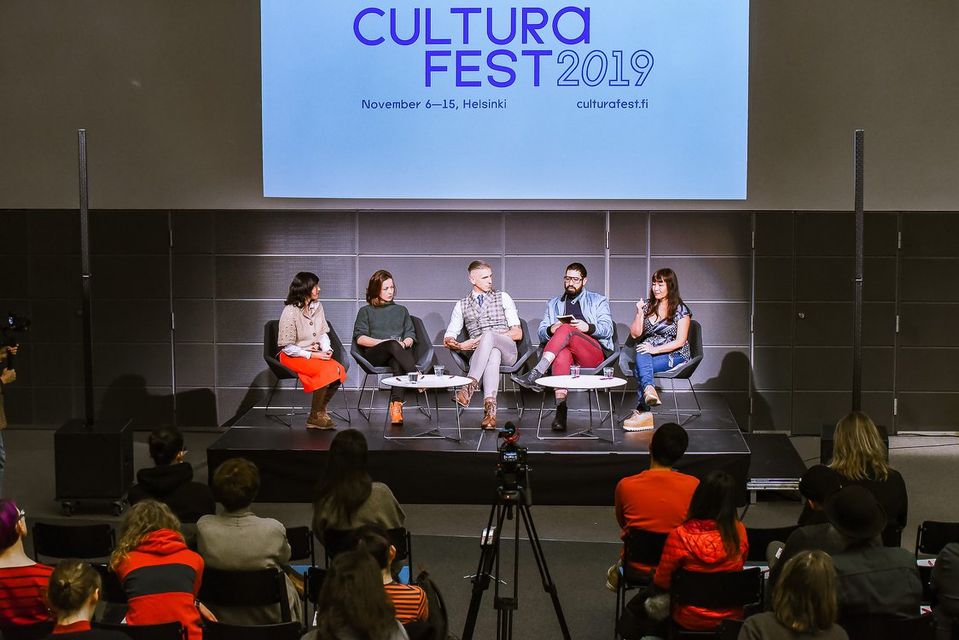
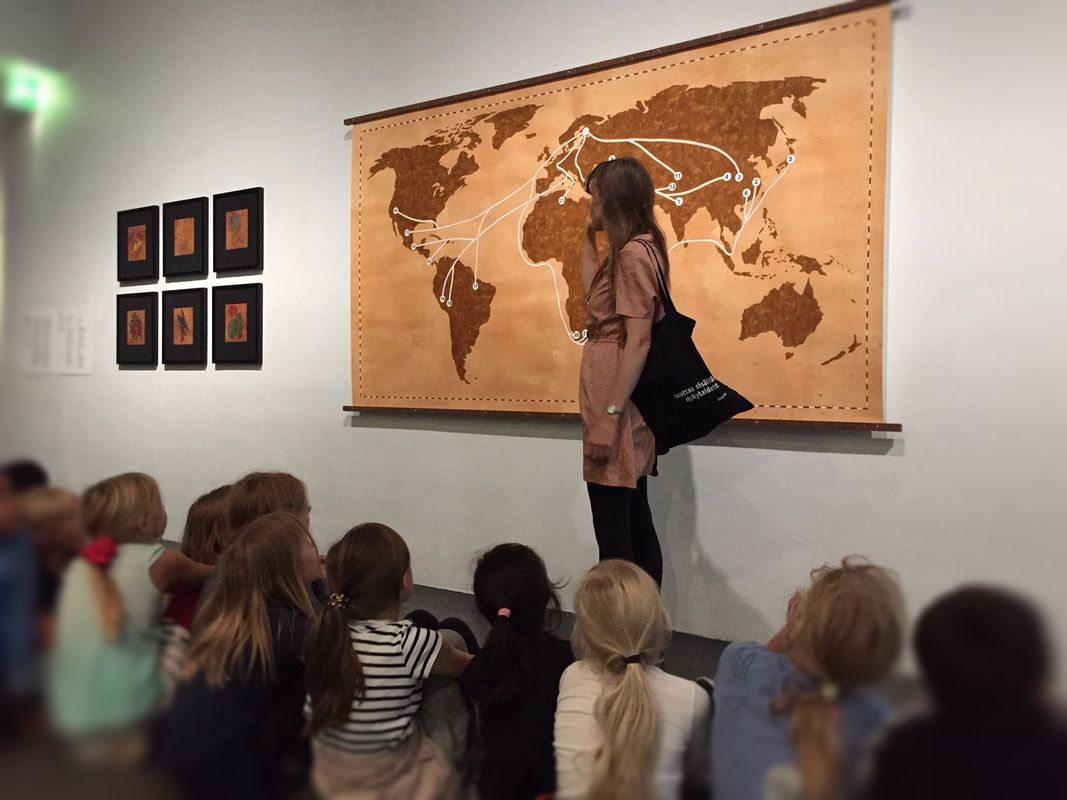
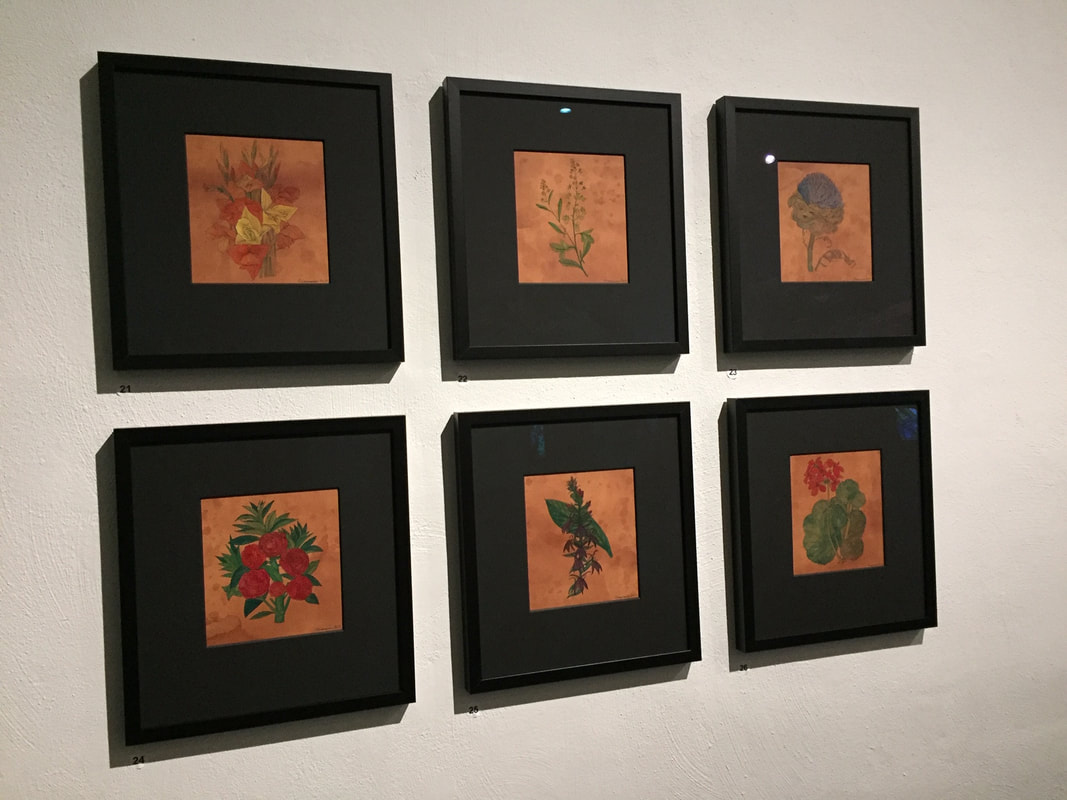
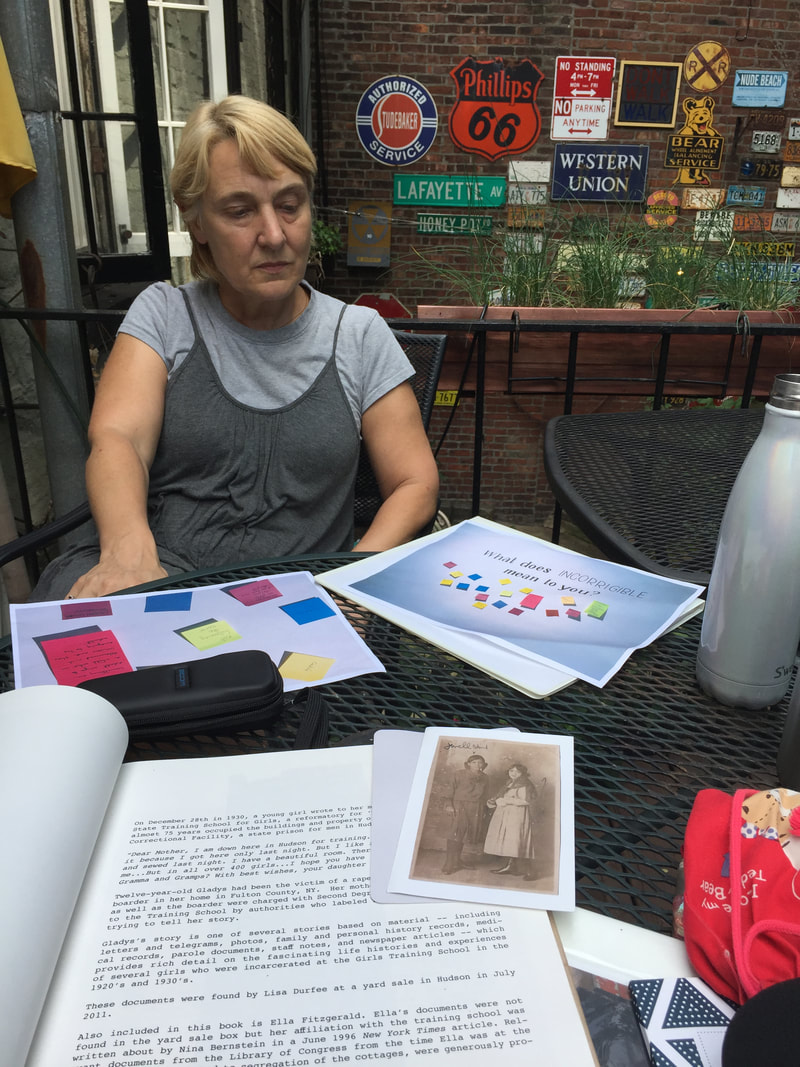
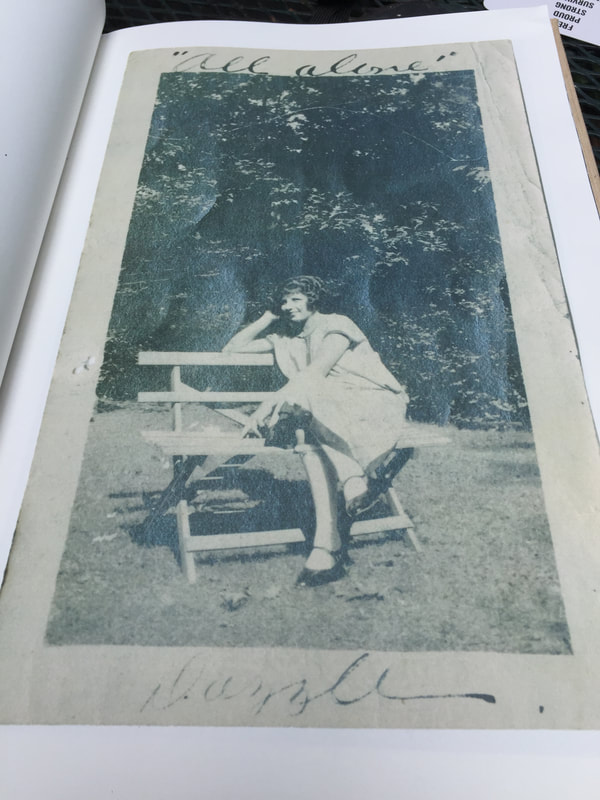
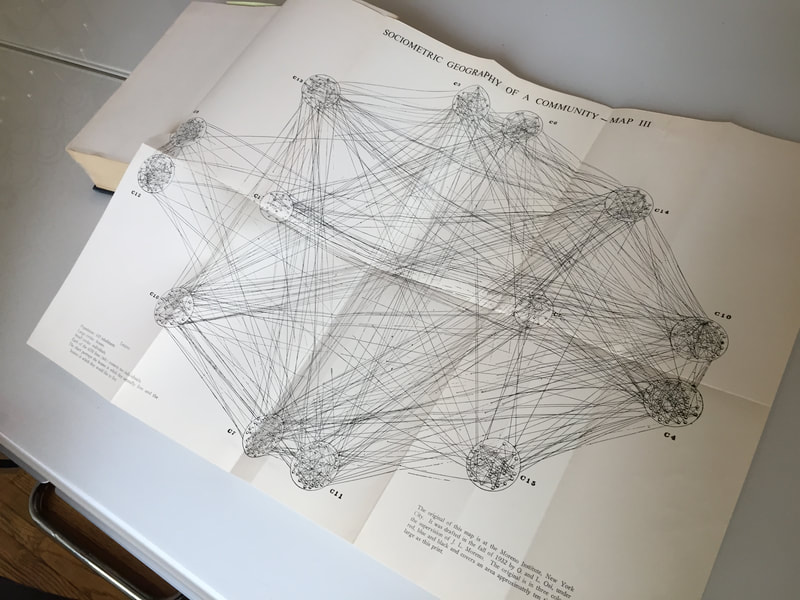
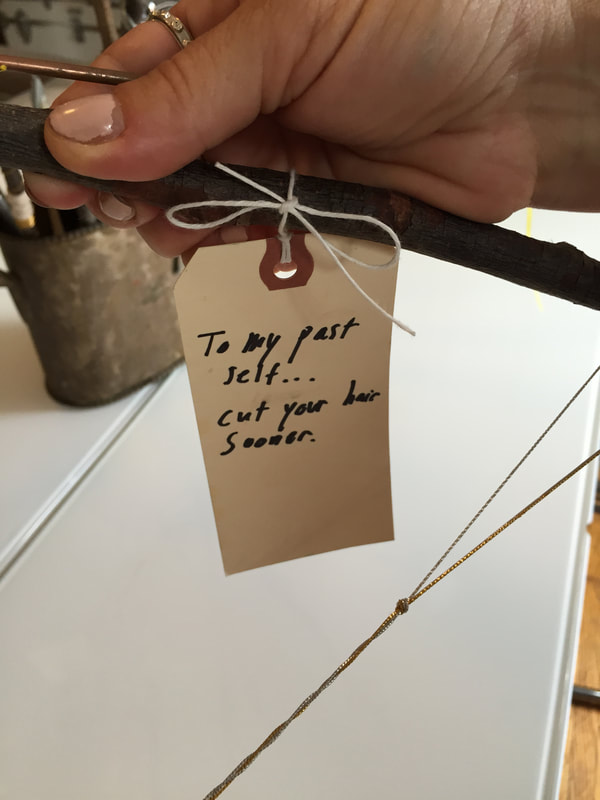
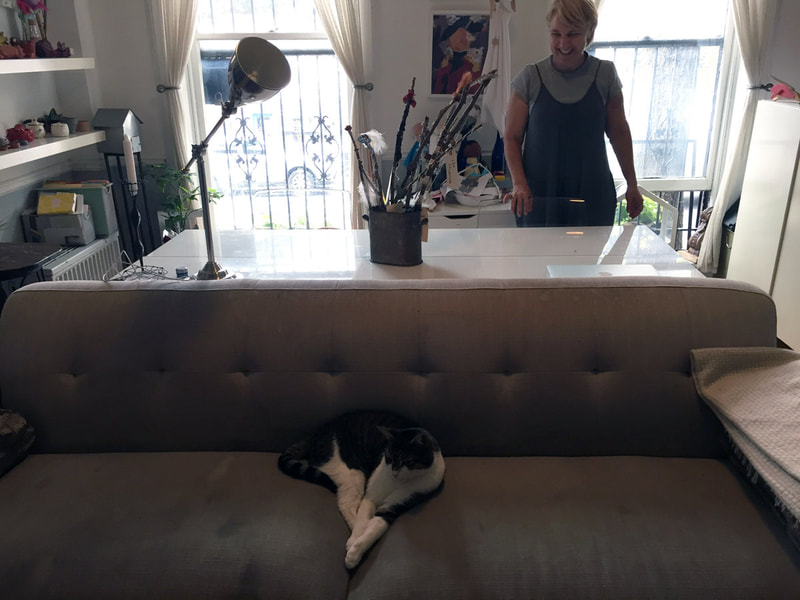
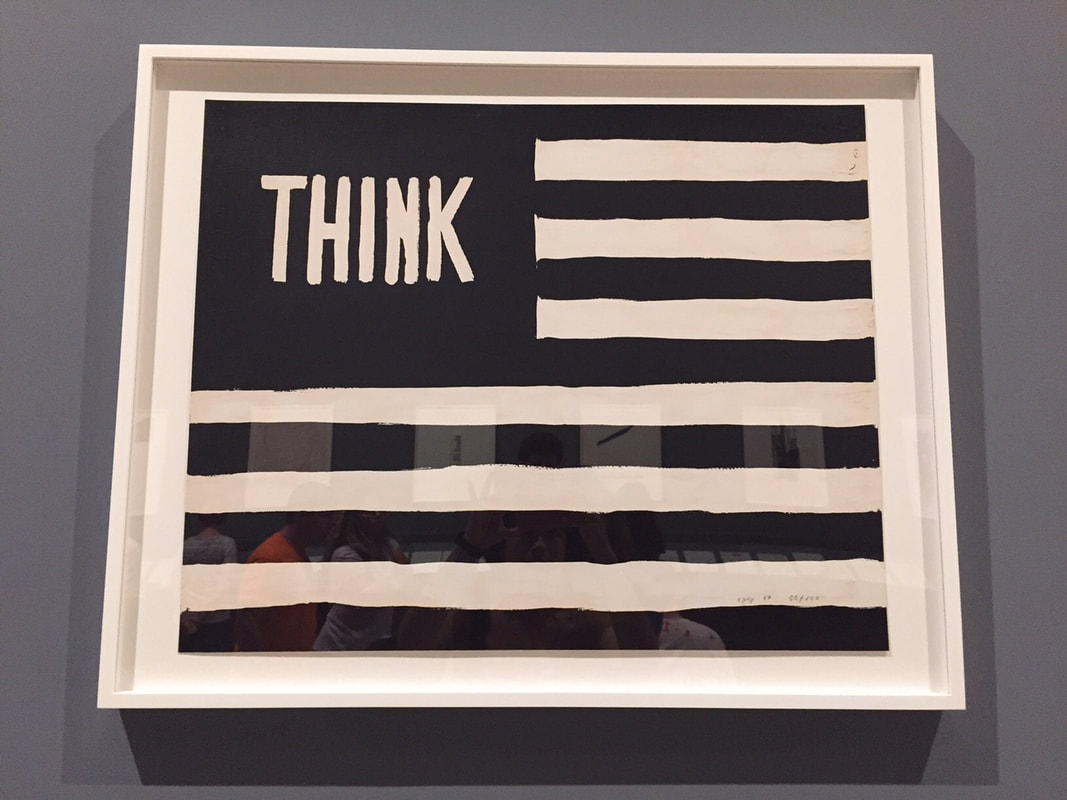
 RSS Feed
RSS Feed
